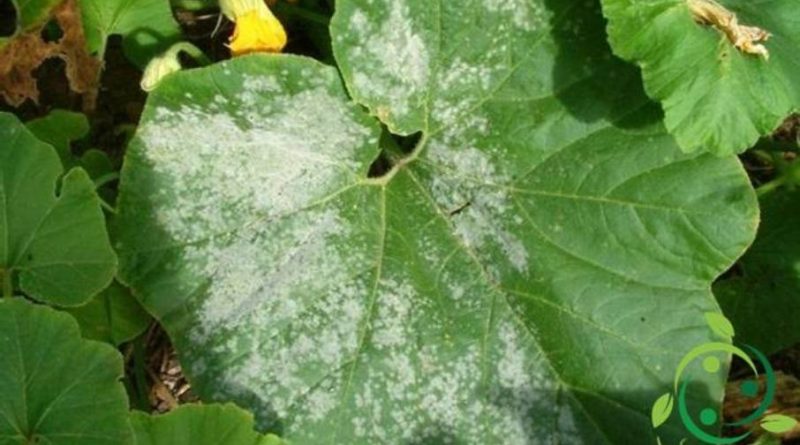Lecithin against fungal diseases
Lecithin against fungal diseases
Lecithin is a compound that can be used against oidium and is one of the pesticides of plant and animal origin allowed in organic farming by the Community Regulation n. 889/2008 Annex II.
Under the term lecithin is a compound that can be derived from soy, sunflower, canola and eggs. It is a product widely used as an emulsifier, stabilizer and antioxidant, but also with fungicidal actions by direct contact. It is a good antioxidant on cucurbitaceae, lettuce, apples, strawberries, gooseberries, roses and other ornamental plants.
Lecithin can be used and marketed in liquid form and its use includes aqueous treatments, alone or in mixture with other natural formulations. To underline that after the treatment, the recommended safety time is 3 days for the cucumber, 7 days for apple and gooseberry (indication to be applied then to similar plants).
The term lecithin indicates a group of phospholipids that can be extracted from soy but also from sunflower, rapeseed and eggs.
The mechanism of action of lecithin as a fungicide occurs through direct contact. Its activity seems linked to the inhibition of spore germination. To this action is added the function that the phospholipids, of which it is composed, have on the health of the plants, enhancing their defense mechanisms.
Finally it is highlighted how lecithin can be mixed with most of the products used in organic farming.

